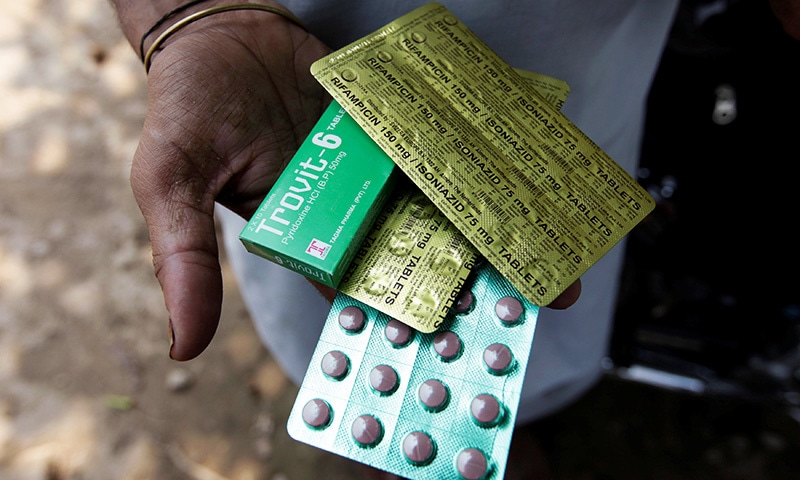Tuberculosis & Lung Diseases in Pakistan: Current Efforts, Challenges, and the Road Ahead

Tuberculosis (TB) and chronic lung diseases remain a significant public health burden in Pakistan. Despite being preventable and treatable, TB continues to affect hundreds of thousands annually, while diseases like COPD and asthma are on the rise due to pollution, smoking, and poor healthcare access. The government, in collaboration with international partners and the private sector, is actively working to curb this crisis—but more can and must be done.
The TB & Lung Disease Burden in Pakistan
- Pakistan ranks among the top 5 high-burden TB countries globally, with over 500,000 new TB cases reported annually.
- Chronic respiratory diseases such as COPD, asthma, and bronchiectasis are also prevalent, especially in urban centers with high pollution levels.
- Multidrug-resistant TB (MDR-TB) is a growing concern, with thousands of cases requiring specialized treatment.
🛡 Government Prevention & Control Measures
The Government of Pakistan has launched a comprehensive National Strategic Plan for TB Control (2024–2026), which includes:
- Free TB diagnosis and treatment through over 1,500 Basic Management Units (BMUs) across the country.
- DOTS (Directly Observed Treatment Short-course) strategy implemented nationwide.
- Community-based screening and contact tracing, especially in high-risk populations.
- Integration of TB services with HIV and diabetes programs to address co-morbidities.
- Awareness campaigns on World TB Day and through media to reduce stigma and promote early diagnosis.
🏥 Treatment Facilities & Modern Equipment
Pakistan has made strides in upgrading its diagnostic and treatment infrastructure:
- GeneXpert machines are widely deployed for rapid molecular diagnosis of TB and MDR-TB.
- Digital X-ray units and mobile screening vans are used in remote and urban slum areas.
- BSL-3 laboratories in major cities like Islamabad, Lahore, and Karachi support advanced TB testing.
- Pulmonology departments in tertiary hospitals like Aga Khan University Hospital, Shaukat Khanum, and Jinnah Postgraduate Medical Centre offer specialized care for lung diseases.
Public-Private Partnerships & NGO Involvement
- NGOs like Indus Health Network, Greenstar Social Marketing, and BRAC Pakistan are key partners in TB control.
- Private clinics and pharmacies are being engaged through Public-Private Mix (PPM) models to report and treat TB cases.
- Digital health platforms are being piloted to track treatment adherence and patient outcomes.
🚀 What More Can Be Done?
To further reduce the burden of TB and lung diseases, both the government and private sector can:
- Expand air quality monitoring and pollution control to reduce respiratory disease triggers.
- Subsidize inhalers and respiratory medications for low-income patients.
- Invest in local manufacturing of diagnostic kits and TB drugs to reduce dependency on imports.
- Train more pulmonologists and respiratory therapists, especially in underserved regions.
- Launch school-based screening and education programs to catch TB early and promote lung health.
Conclusion
Pakistan's fight against TB and lung diseases is at a critical juncture. With strategic investments, stronger public-private collaboration, and community engagement, the country can move closer to a TB-free future and healthier lungs for all.
